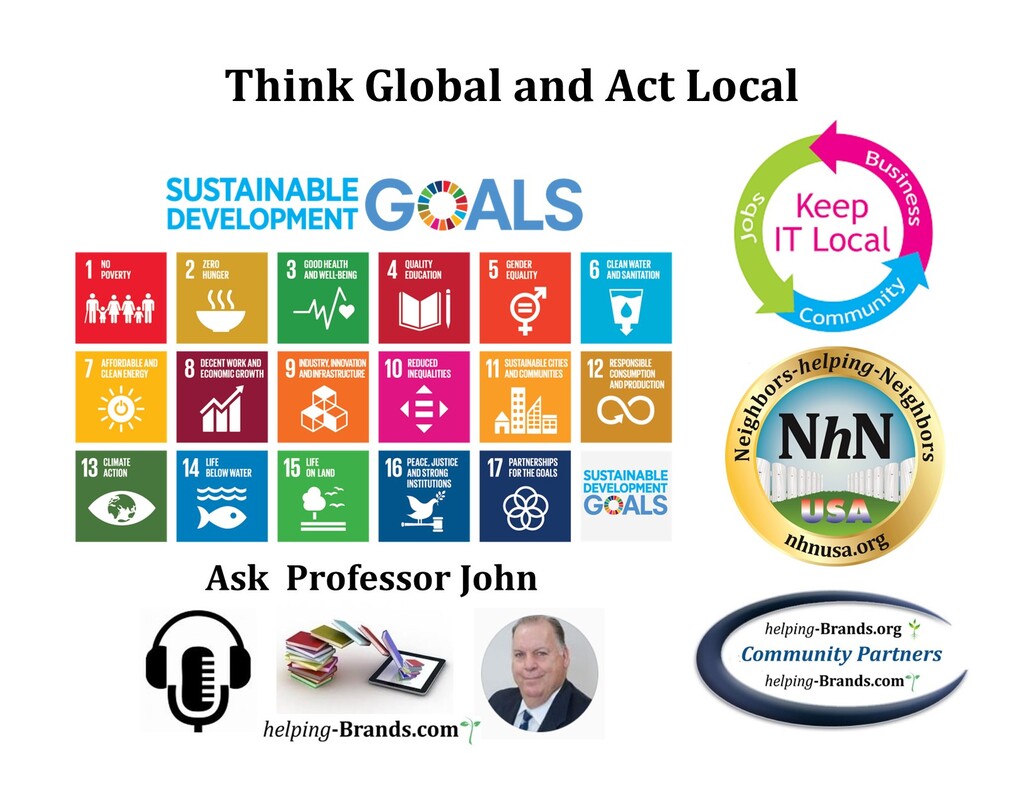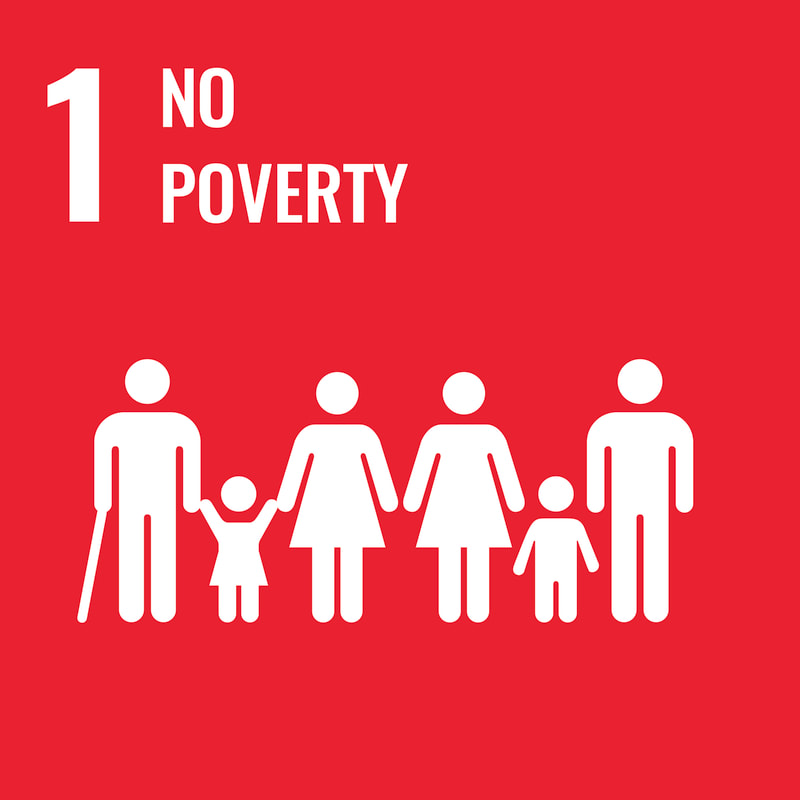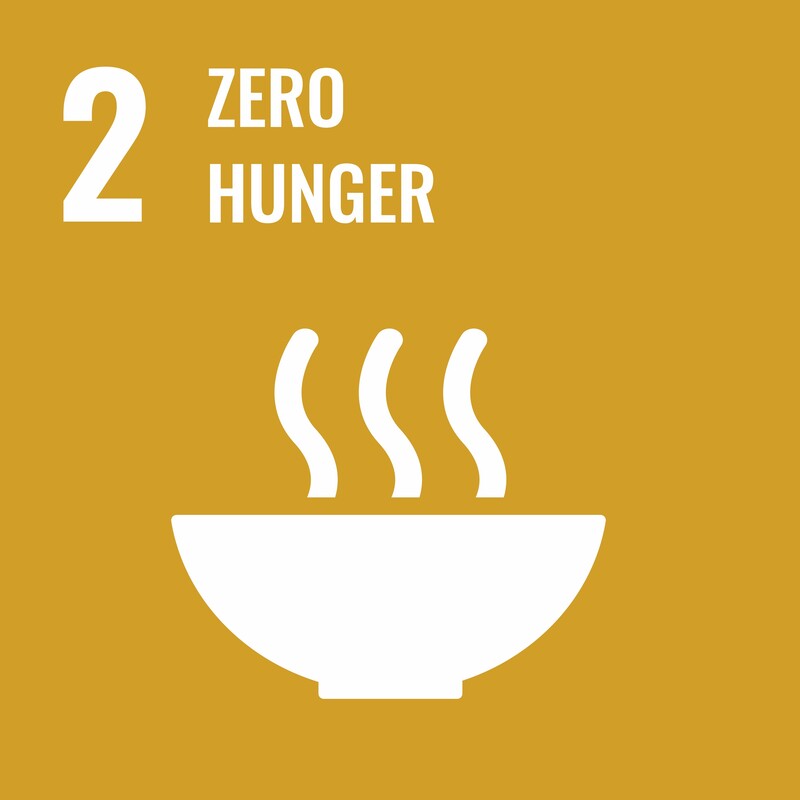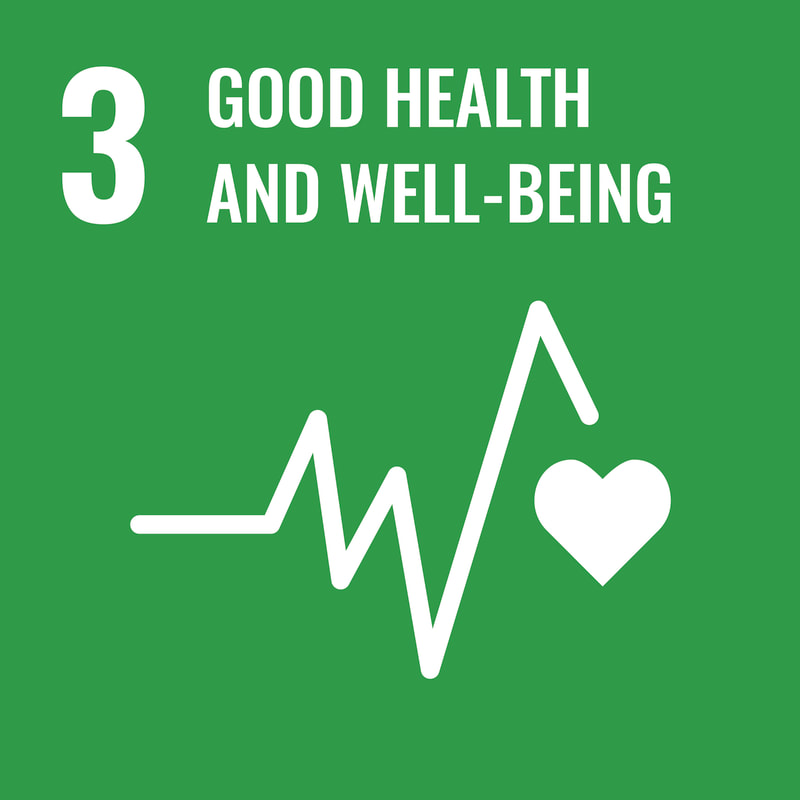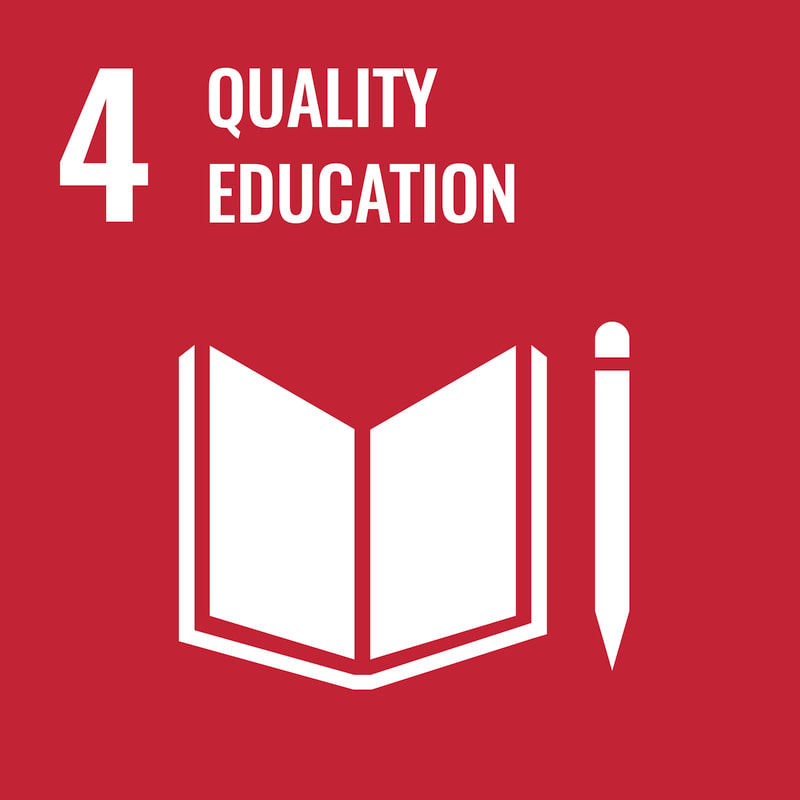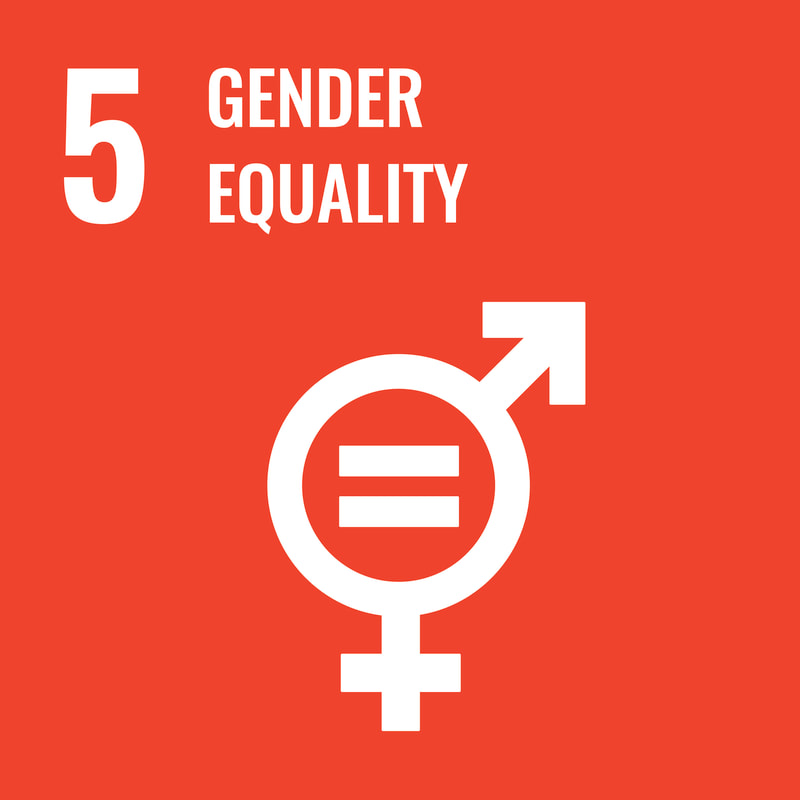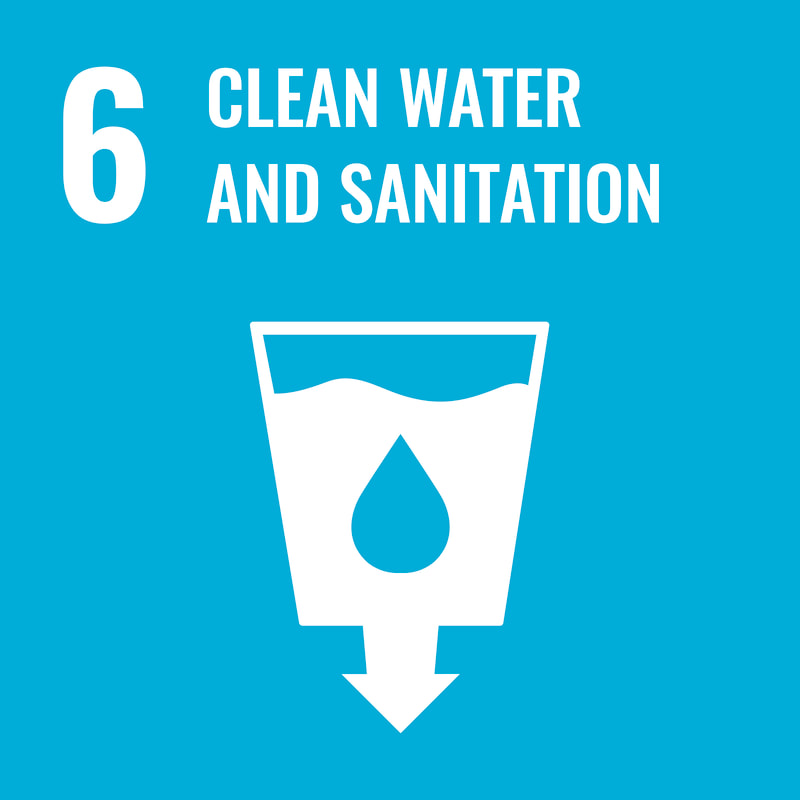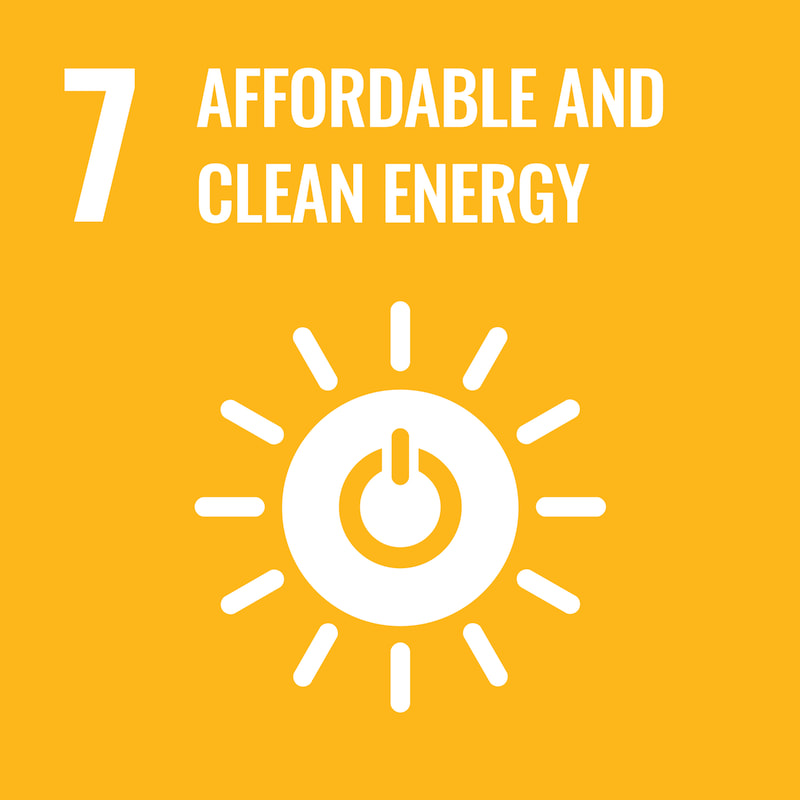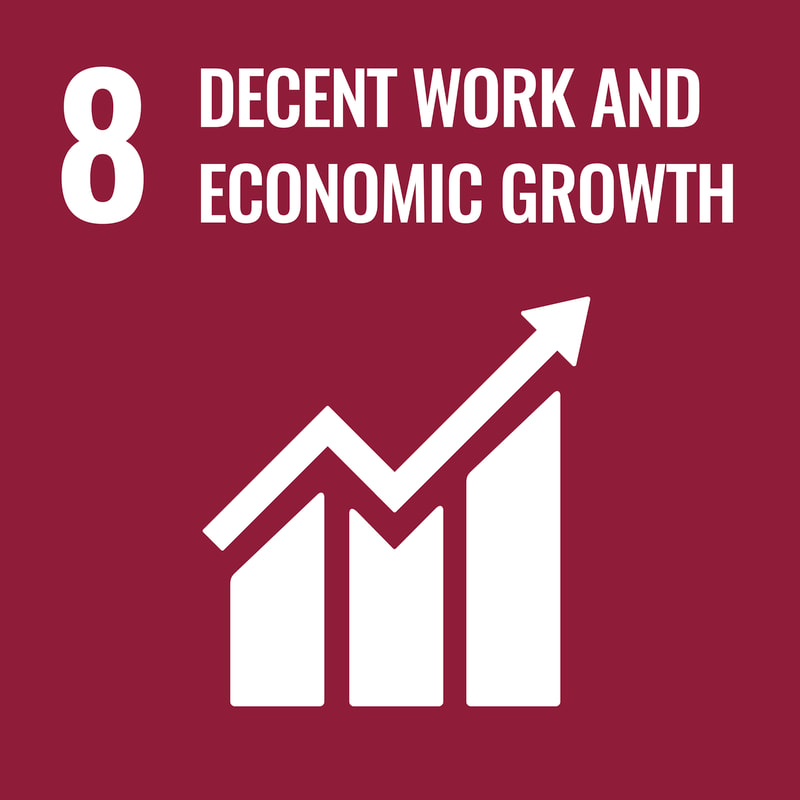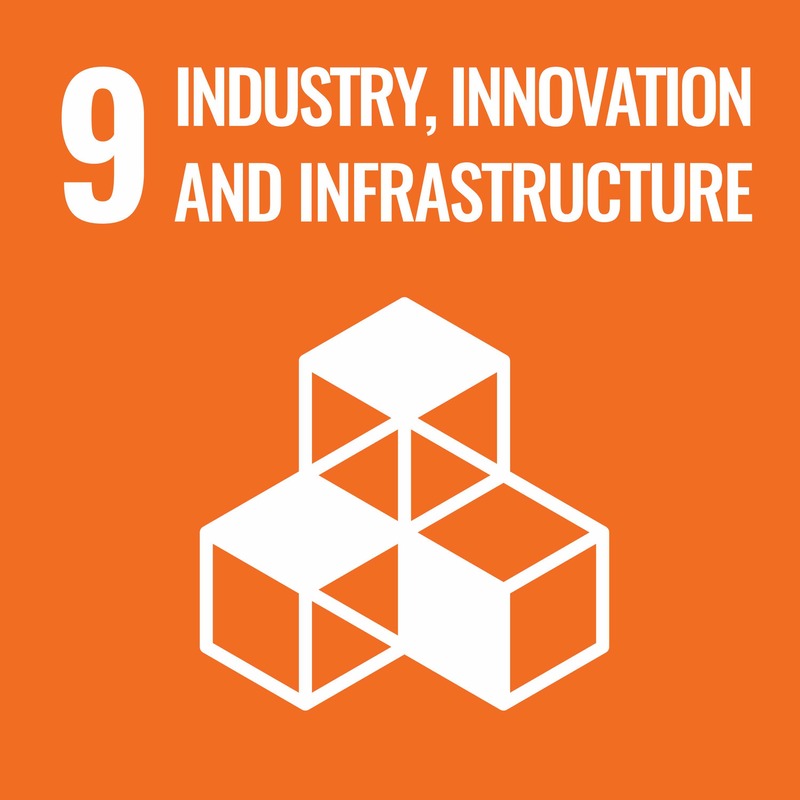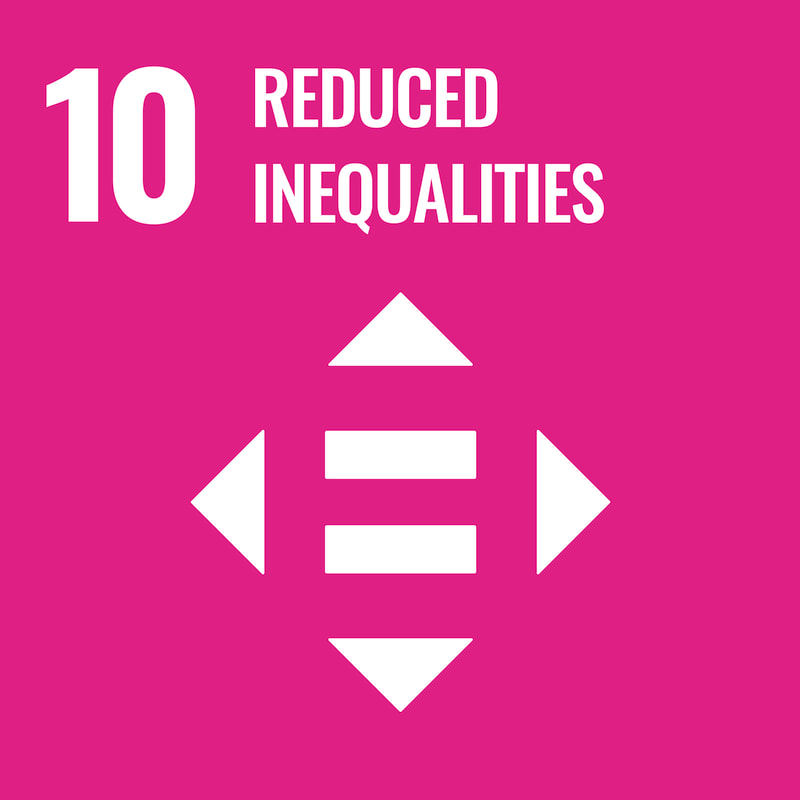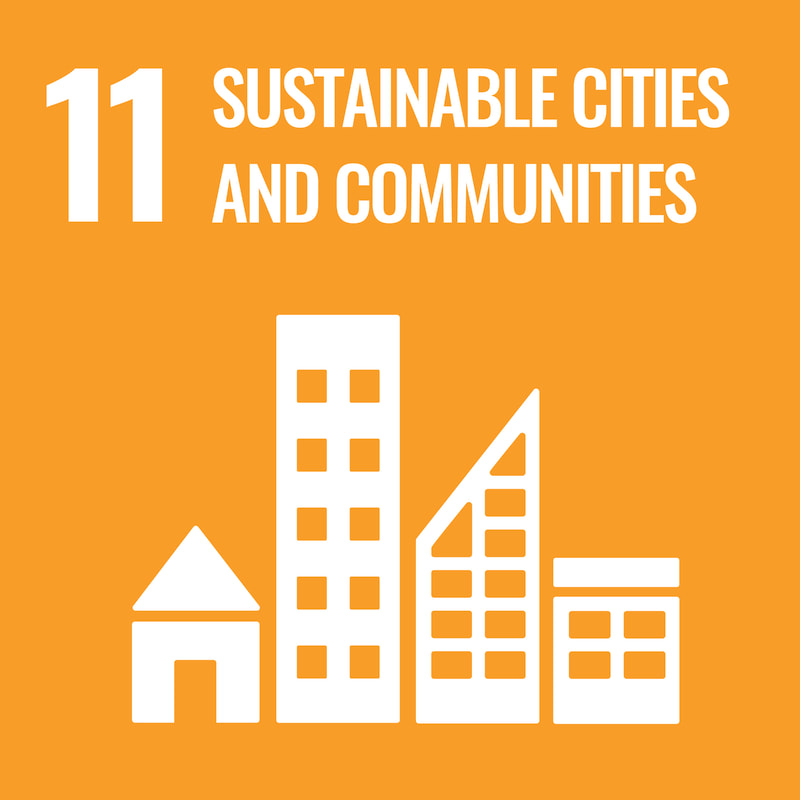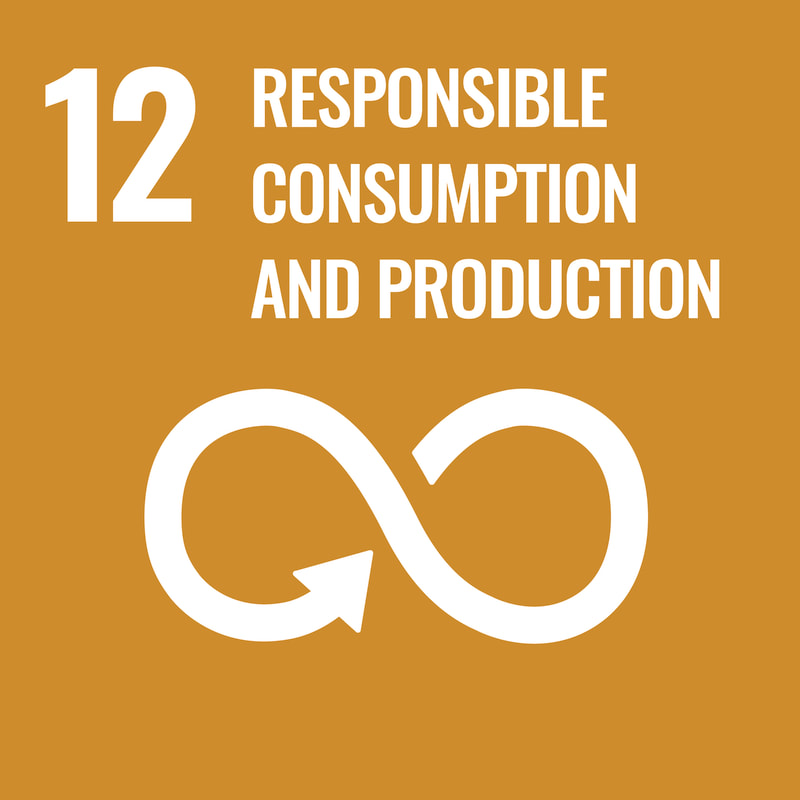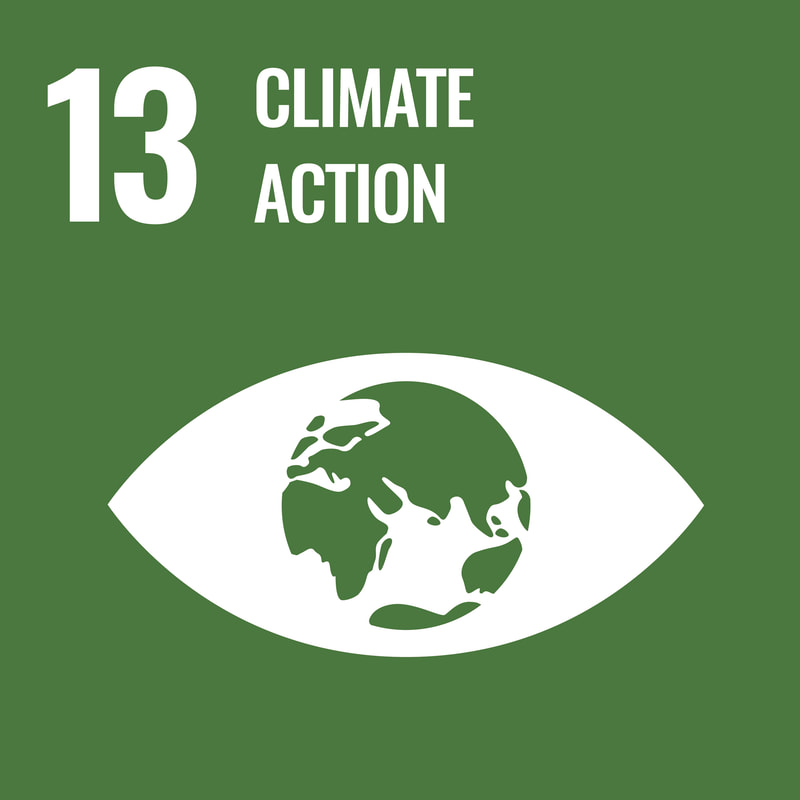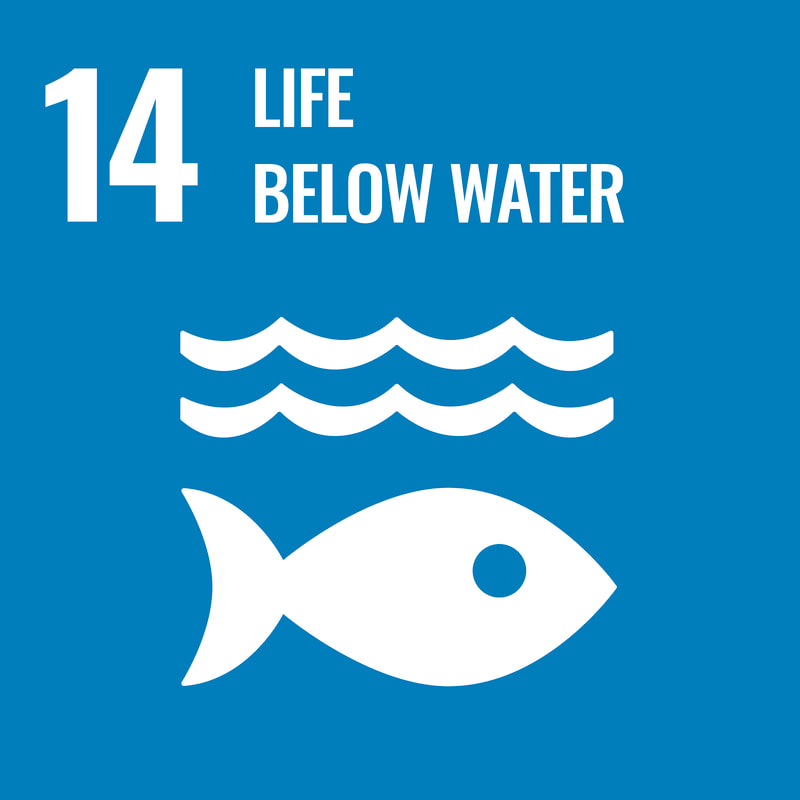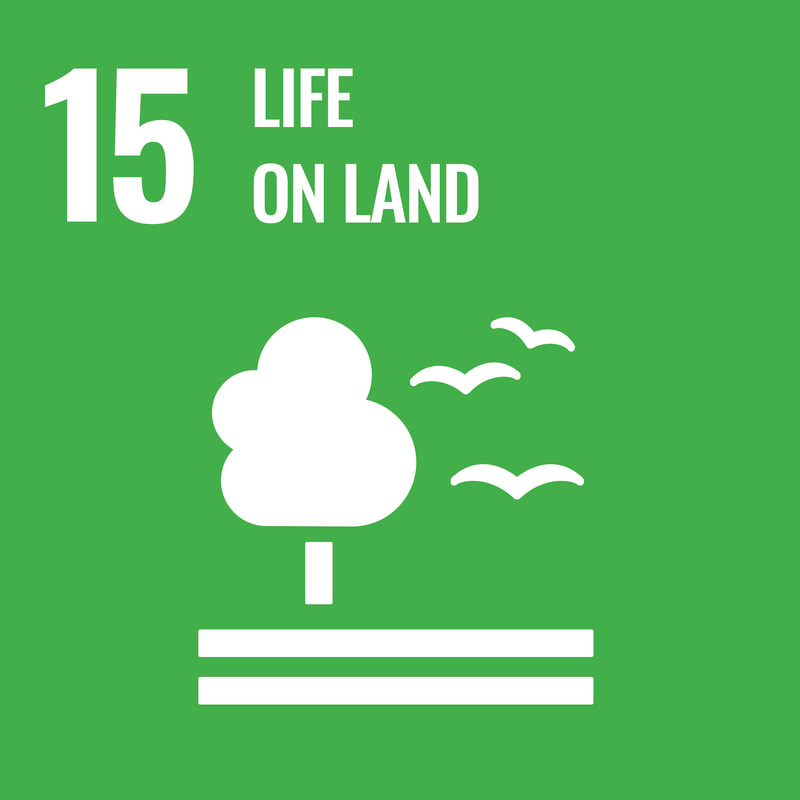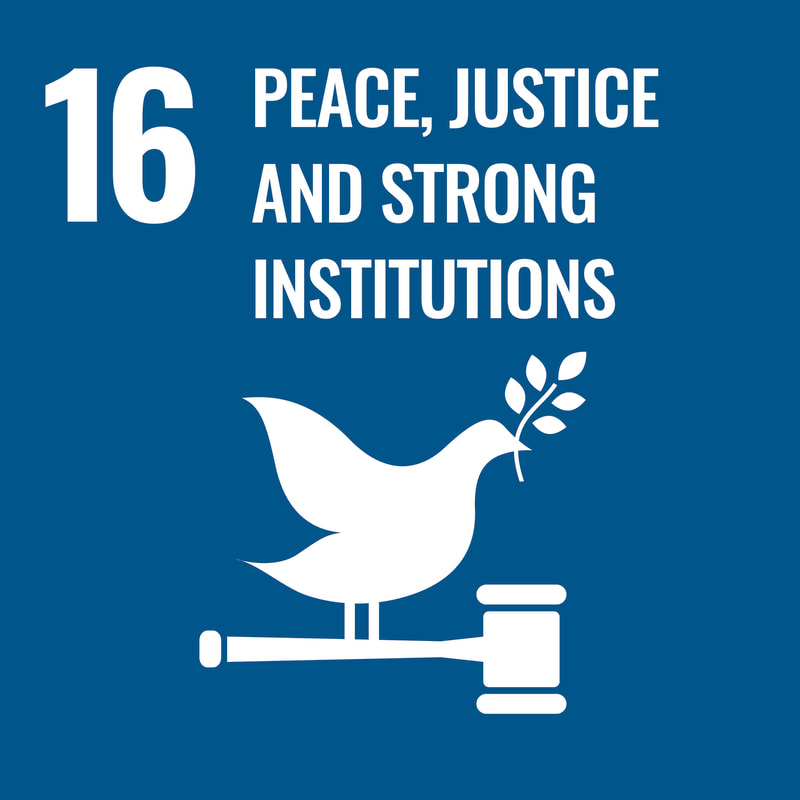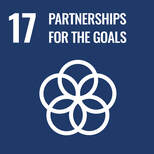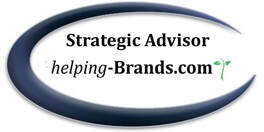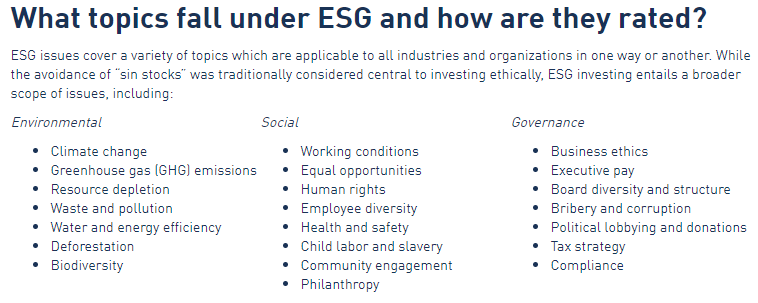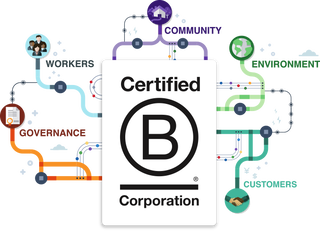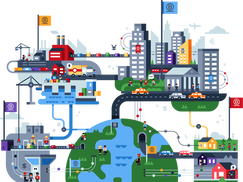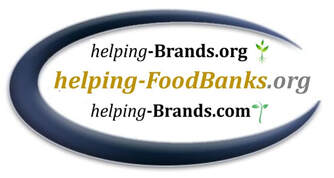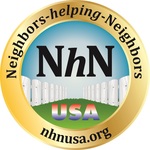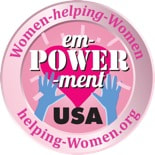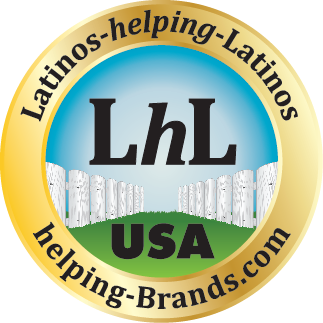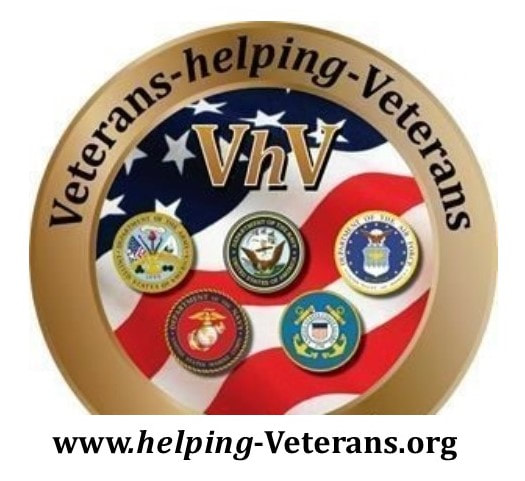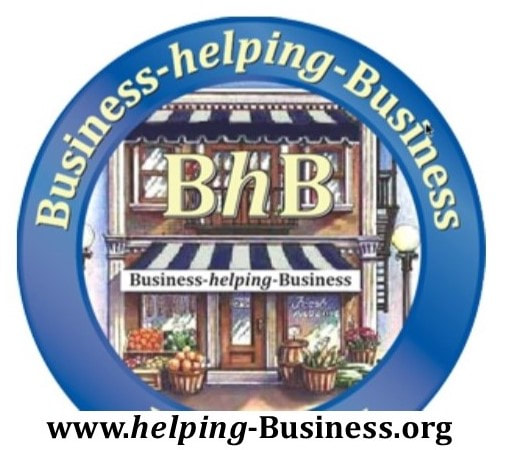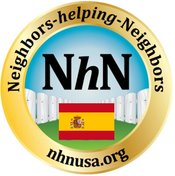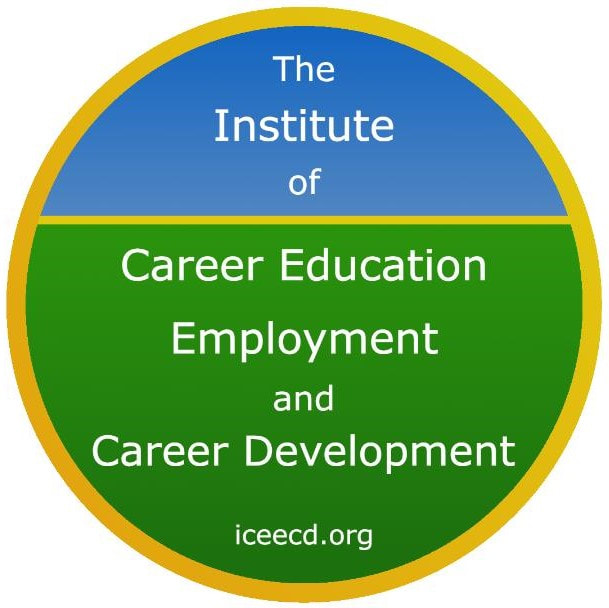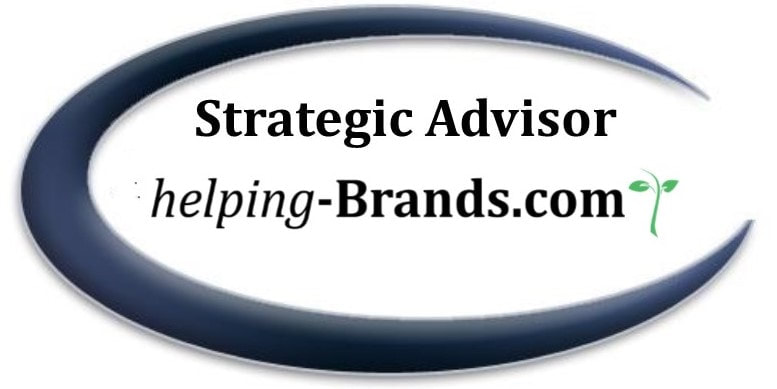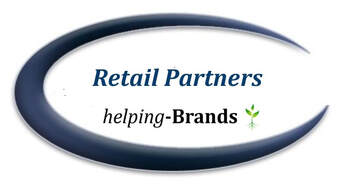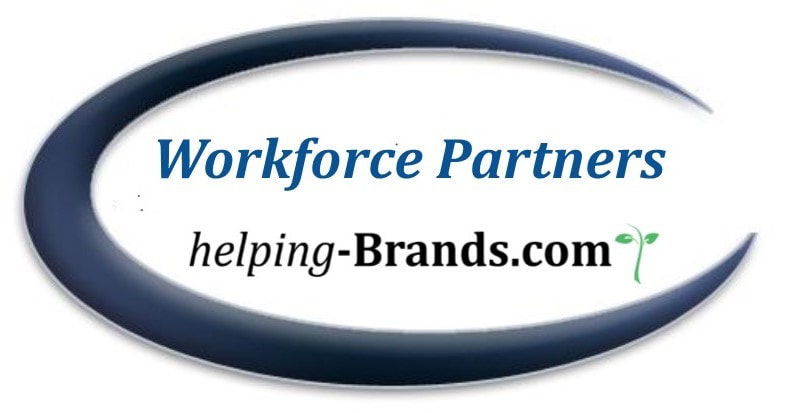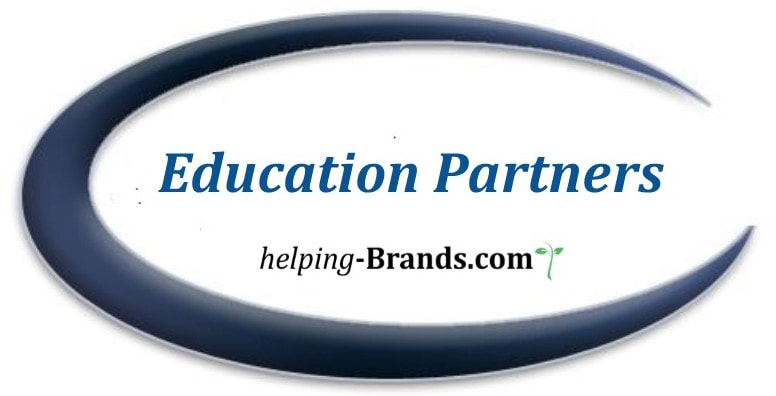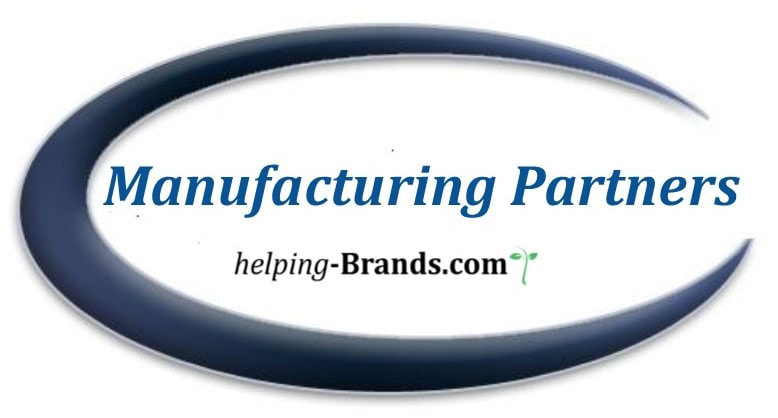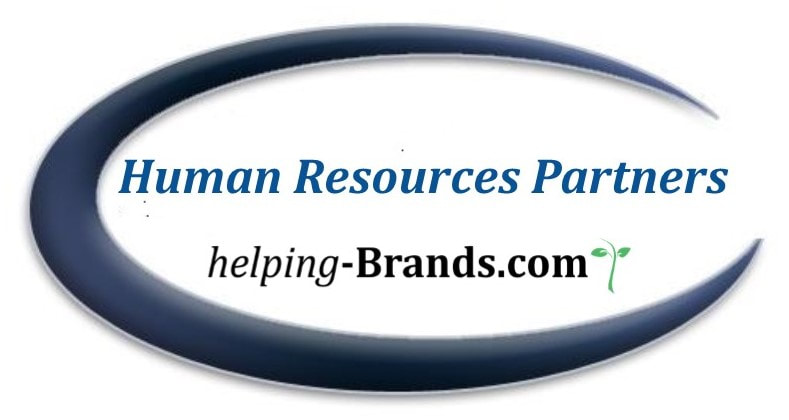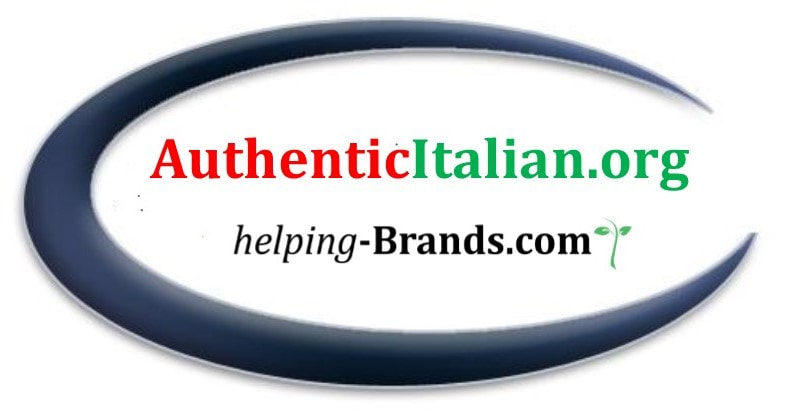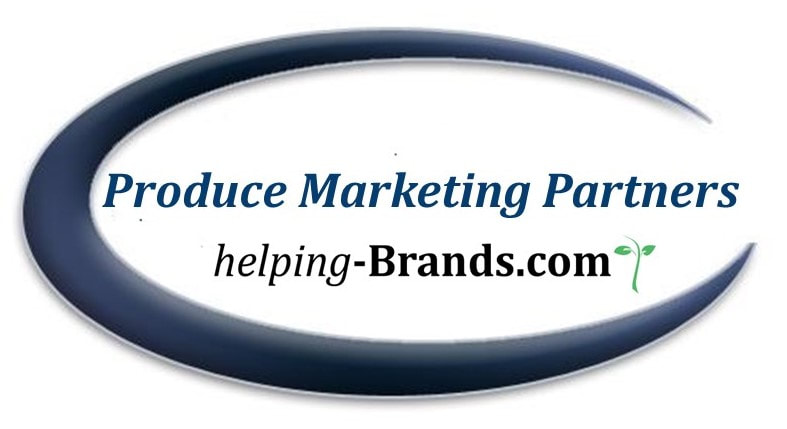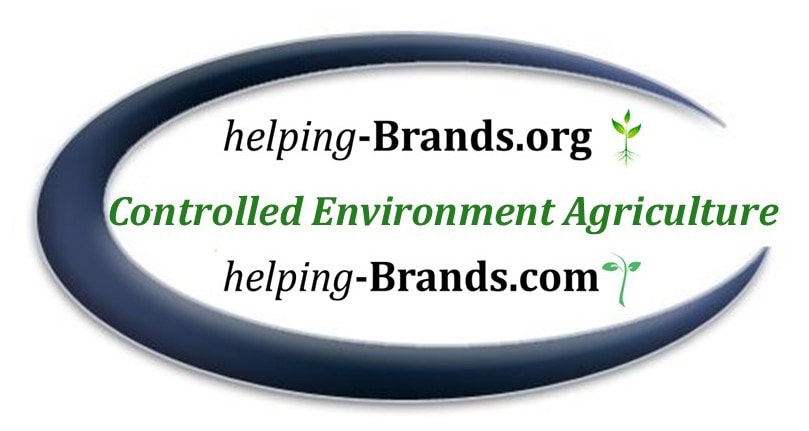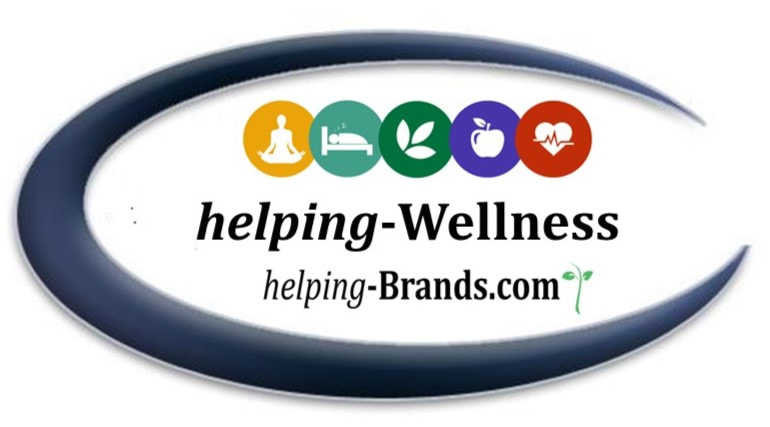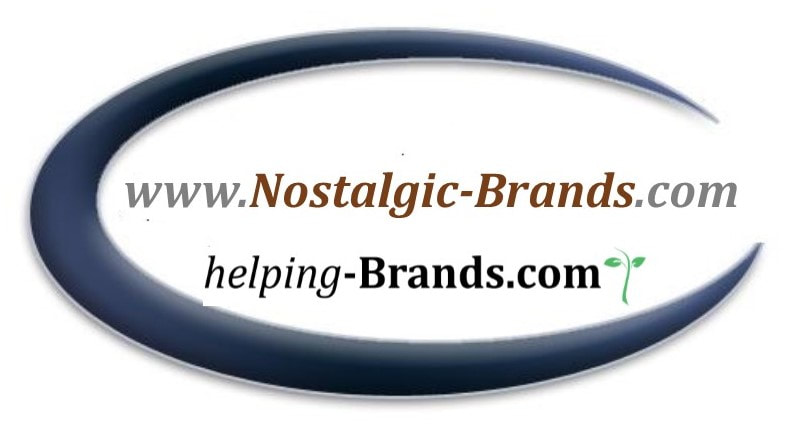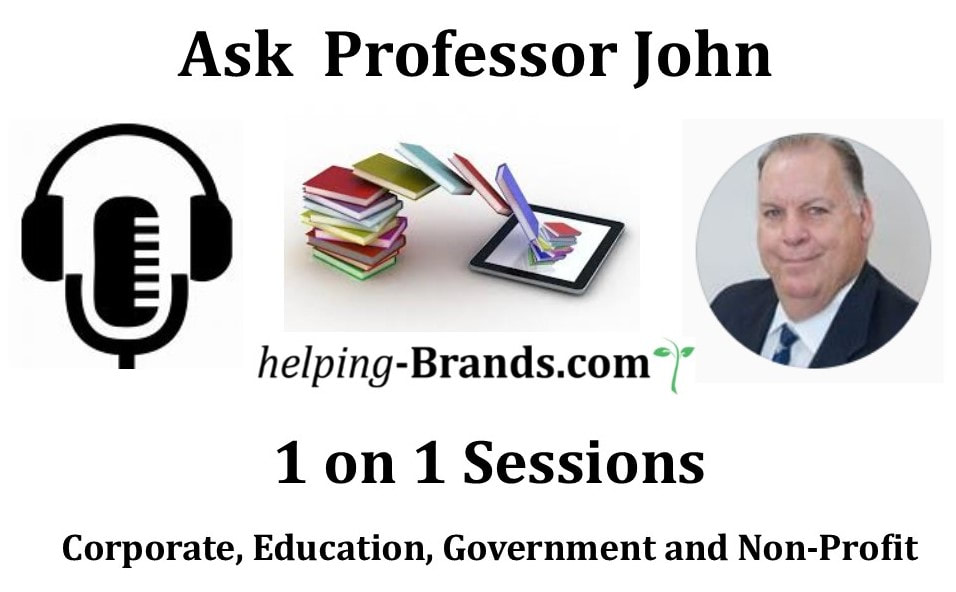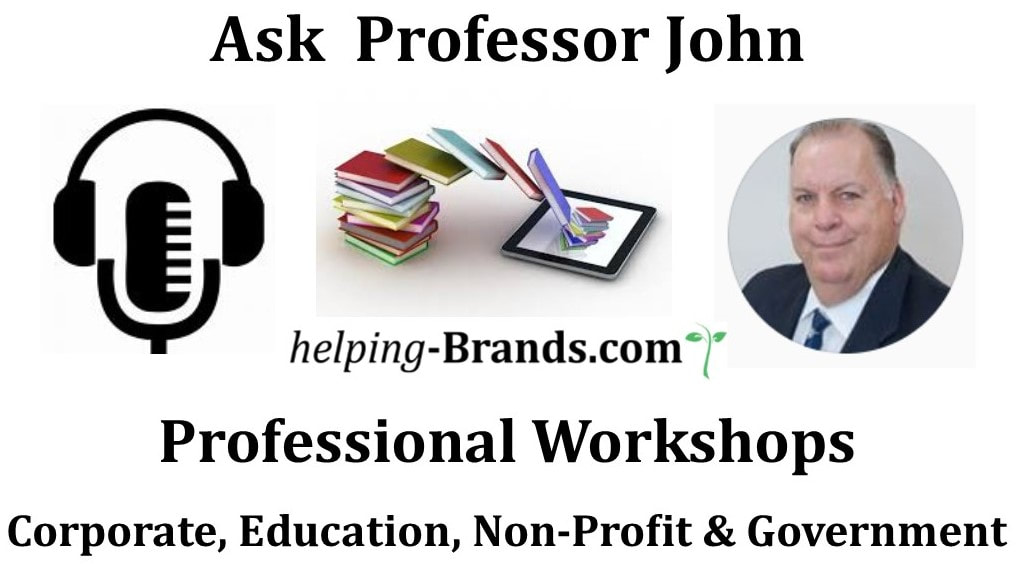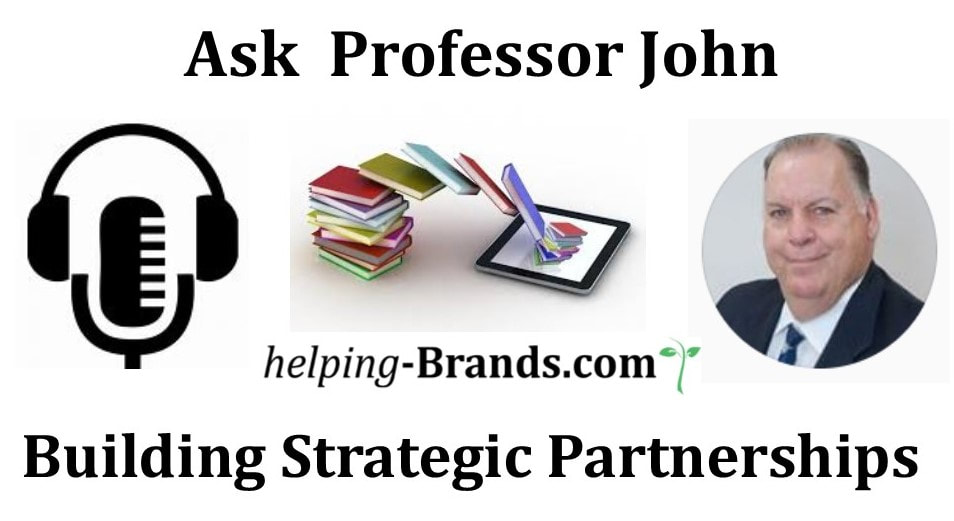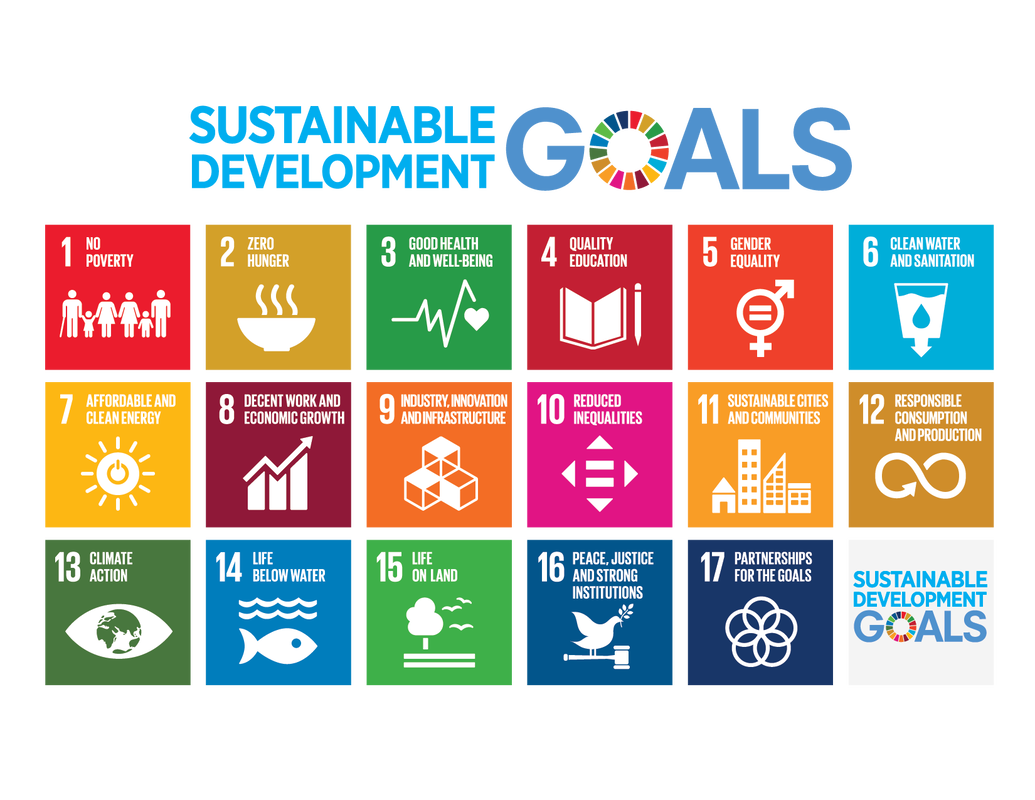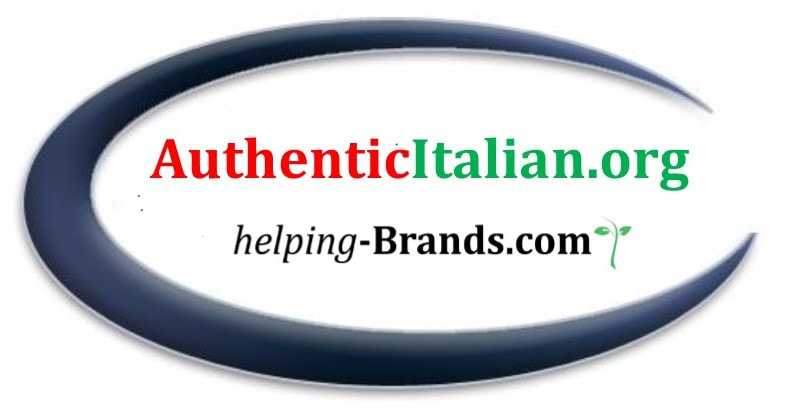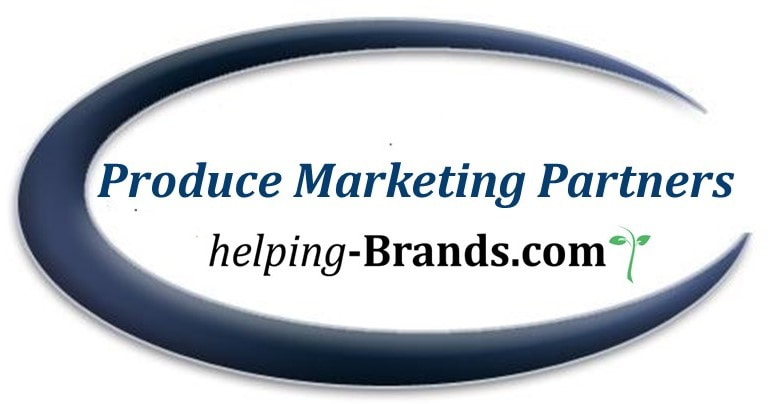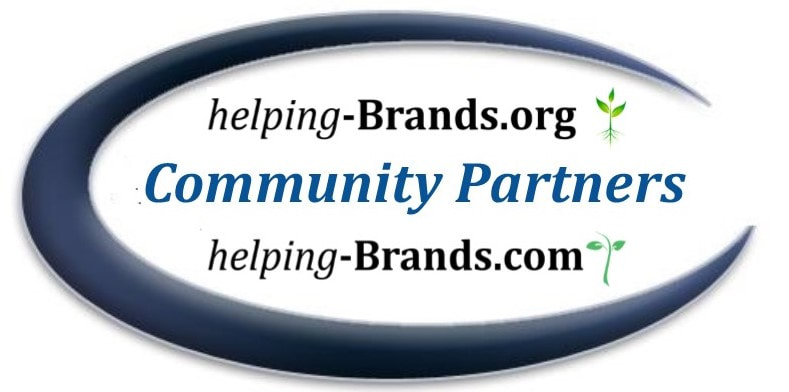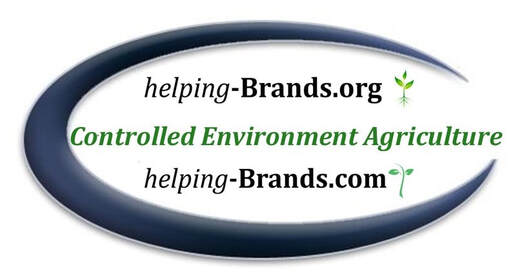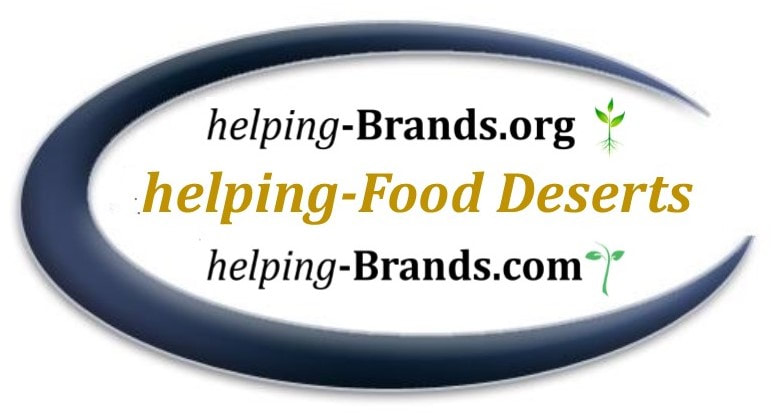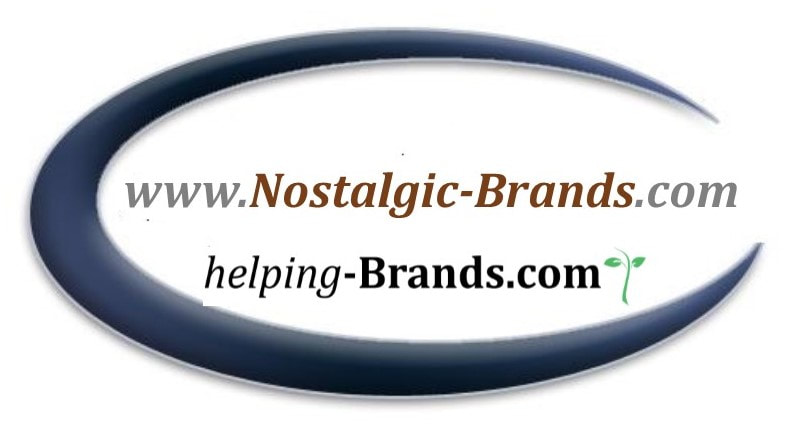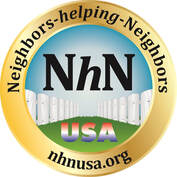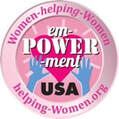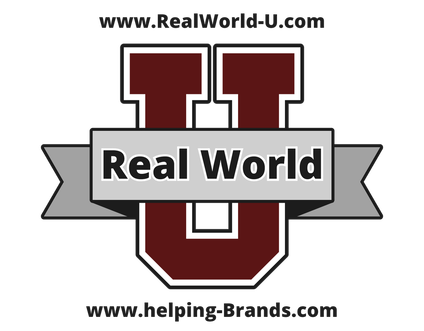Which goals are you working towards
Do you know all 17 SDGs?
History
Implementation Progress
SDGs Icons. Downloads and guidelines
HistoryThe 2030 Agenda for Sustainable Development, adopted by all United Nations Member States in 2015, provides a shared blueprint for peace and prosperity for people and the planet, now and into the future. At its heart are the 17 Sustainable Development Goals (SDGs), which are an urgent call for action by all countries - developed and developing - in a global partnership. They recognize that ending poverty and other deprivations must go hand-in-hand with strategies that improve health and education, reduce inequality, and spur economic growth – all while tackling climate change and working to preserve our oceans and forests.
The SDGs build on decades of work by countries and the UN, including the UN Department of Economic and Social Affairs
Follow DSDG on Facebook at www.facebook.com/sustdev and on Twitter at @SustDev.
Implementation ProgressEvery year, the UN Secretary General presents an annual SDG Progress report, which is developed in cooperation with the UN System, and based on the global indicator framework and data produced by national statistical systems and information collected at the regional level.
Please, check below information about the SDG Progress Report:
Additionally, the Global Sustainable Development Report is produced once every four years to inform the quadrennial SDG review deliberations at the General Assembly. It is written by an Independent Group of Scientists appointed by the Secretary-General.
SDGs Icons. Downloads and guidelines.
The SDGs build on decades of work by countries and the UN, including the UN Department of Economic and Social Affairs
- In June 1992, at the Earth Summit in Rio de Janeiro, Brazil, more than 178 countries adopted Agenda 21, a comprehensive plan of action to build a global partnership for sustainable development to improve human lives and protect the environment.
- Member States unanimously adopted the Millennium Declaration at the Millennium Summit in September 2000 at UN Headquarters in New York. The Summit led to the elaboration of eight Millennium Development Goals (MDGs) to reduce extreme poverty by 2015.
- The Johannesburg Declaration on Sustainable Development and the Plan of Implementation, adopted at the World Summit on Sustainable Development in South Africa in 2002, reaffirmed the global community's commitments to poverty eradication and the environment, and built on Agenda 21 and the Millennium Declaration by including more emphasis on multilateral partnerships.
- At the United Nations Conference on Sustainable Development (Rio+20) in Rio de Janeiro, Brazil, in June 2012, Member States adopted the outcome document "The Future We Want" in which they decided, inter alia, to launch a process to develop a set of SDGs to build upon the MDGs and to establish the UN High-level Political Forum on Sustainable Development. The Rio +20 outcome also contained other measures for implementing sustainable development, including mandates for future programmes of work in development financing, small island developing states and more.
- In 2013, the General Assembly set up a 30-member Open Working Group to develop a proposal on the SDGs.
- In January 2015, the General Assembly began the negotiation process on the post-2015 development agenda. The process culminated in the subsequent adoption of the 2030 Agenda for Sustainable Development, with 17 SDGs at its core, at the UN Sustainable Development Summit in September 2015.
- 2015 was a landmark year for multilateralism and international policy shaping, with the adoption of several major agreements:
- Sendai Framework for Disaster Risk Reduction (March 2015)
- Addis Ababa Action Agenda on Financing for Development (July 2015)
- Transforming our world: the 2030 Agenda for Sustainable Development with its 17 SDGs was adopted at the UN Sustainable Development Summit in New York in September 2015.
- Paris Agreement on Climate Change (December 2015)
- Now, the annual High-level Political Forum on Sustainable Development serves as the central UN platform for the follow-up and review of the SDGs.
Follow DSDG on Facebook at www.facebook.com/sustdev and on Twitter at @SustDev.
Implementation ProgressEvery year, the UN Secretary General presents an annual SDG Progress report, which is developed in cooperation with the UN System, and based on the global indicator framework and data produced by national statistical systems and information collected at the regional level.
Please, check below information about the SDG Progress Report:
- SDG Progress Report (2023)
- SDG Progress Report (2022)
- SDG Progress Report (2021)
- SDG Progress Report (2020)
- SDG Progress Report (2019)
- SDG Progress Report (2018)
- SDG Progress Report (2017)
- SDG Progress Report (2016)
Additionally, the Global Sustainable Development Report is produced once every four years to inform the quadrennial SDG review deliberations at the General Assembly. It is written by an Independent Group of Scientists appointed by the Secretary-General.
SDGs Icons. Downloads and guidelines.
- Download SDGs icons according to guidelines at this link.
- Please send inquiries to:
United Nations Department of Global Communications
|
|
|
helping-Brands
|
helping-Brands
|
|
helping-Brands
create social impact Social impact can be defined as the net effect of an activity on a community and the well-being of individuals and families.
|
helping-Brands
support related causes Every organization has causes that are important to the leaders, employees and customers of that organization.
|
helping-Brands
|
helping-Brands
|
helping-Brands
|
helping-Brands
|
Ask Professor John R. Fugazzie
Leadership | Economic Development | Community Impact | Education
Health Care | Strategy | Marketing | Food | Retail
Health Care | Strategy | Marketing | Food | Retail
Ask Professor John about training and consulting services for any organizations who wants to transition their business, non profit, NGO, community organization, educational Institution, or government agency.
Leadership,
Building Strategic Partnerships
Social Impact, Community Engagement
Managing Organizational Change
Economic/Workforce Development
Creativity/Change/21st Century Leadership
Organizational Community Leadership
Leading a Diverse Culture Workplace
Leadership,
Building Strategic Partnerships
Social Impact, Community Engagement
Managing Organizational Change
Economic/Workforce Development
Creativity/Change/21st Century Leadership
Organizational Community Leadership
Leading a Diverse Culture Workplace
Recomendations | Recognition | johnrfugazzie.com | LinkedIn Profile
Leadership | Economic Development | Community Impact | Education
Health Care | Strategy | Marketing | Food | Retail
Health Care | Strategy | Marketing | Food | Retail
|
.org The Social Organization
|
Contact Us [email protected]Partner with us |
.com The Business Organization
|
ESG Investing
ESG investing is investing in companies that score highly on environmental and societal responsibility scales as determined by third-party, independent companies and research groups.
“The underlying premise is that there are certain environmental, social and corporate governance factors that actually impact business,” says Smith. “Considering those factors gives investors a more holistic view of companies, which can help mitigate risk and identify opportunities.”
Here’s a closer look at the three criteria used to evaluate companies for ESG investing:
ESG investing is investing in companies that score highly on environmental and societal responsibility scales as determined by third-party, independent companies and research groups.
“The underlying premise is that there are certain environmental, social and corporate governance factors that actually impact business,” says Smith. “Considering those factors gives investors a more holistic view of companies, which can help mitigate risk and identify opportunities.”
Here’s a closer look at the three criteria used to evaluate companies for ESG investing:
- Environment. What kind of impact does a company have on the environment? This can include a company’s carbon footprint, toxic chemicals involved in its manufacturing processes and sustainability efforts that make up its supply chain.
- Social. How does the company improve its social impact, both within the company and in the broader community? Social factors include everything from LGBTQ+ equality, racial diversity in both the executive suite and staff overall, and inclusion programs and hiring practices. It even looks at how a company advocates for social good in the wider world, beyond its limited sphere of business.
- Governance. How does the company’s board and management drive positive change? Governance includes everything from issues surrounding executive pay to diversity in leadership as well as how well that leadership responds to and interacts with shareholders.
Socially Responsible Investing (SRI)
Socially responsible investing (SRI) is a strategy that also helps investors align their choices with their personal values. SRI presents a framework for investing in companies that agree with your social and environmental values.
Whereas ESG investing takes into account how a company’s practices and policies impact profitability and future returns, SRI is more tightly focused on whether an investment is more precisely in line with an individual investor’s values. ESG factors in corporate performance while SRI solely focuses on the investor’s values.
Socially responsible investing (SRI) is a strategy that also helps investors align their choices with their personal values. SRI presents a framework for investing in companies that agree with your social and environmental values.
Whereas ESG investing takes into account how a company’s practices and policies impact profitability and future returns, SRI is more tightly focused on whether an investment is more precisely in line with an individual investor’s values. ESG factors in corporate performance while SRI solely focuses on the investor’s values.
Impact Investing
Impact investing is less focused on returns and more focused on intent. With impact investing, investors make investments in market segments dedicated to solving pressing problems around the globe. These sectors could include those making advancements in green and renewable energy, housing equity, healthcare access and affordability and more.
The Global Impact Investing Network (GINN) has four published guidelines for impact investments:
Impact investing is less focused on returns and more focused on intent. With impact investing, investors make investments in market segments dedicated to solving pressing problems around the globe. These sectors could include those making advancements in green and renewable energy, housing equity, healthcare access and affordability and more.
The Global Impact Investing Network (GINN) has four published guidelines for impact investments:
- Intentionality. Investments are made with the intention to affect positive social or environmental change.
- Investment with return expectations. Of course, investments should generate a return of capital at a minimum.
- Range of return expectations and asset classes. Different investment areas should have aligned expectations about returns. Sometimes these returns are below market rate.
- Impact measurement. Investments should have an exceptional level of transparency so investors can assess how their dollars help to achieve meaningful change.
Conscious Capitalism
Created by Raj Sisodia, a marketing professor, and John Mackey, the co-founder of Whole Foods, conscious capitalism is the belief that companies should act with the utmost ethics while they pursue profits.
The four guiding principles of the movement, as defined by Conscious Capitalism, are:
Created by Raj Sisodia, a marketing professor, and John Mackey, the co-founder of Whole Foods, conscious capitalism is the belief that companies should act with the utmost ethics while they pursue profits.
The four guiding principles of the movement, as defined by Conscious Capitalism, are:
- Higher purpose. Profit for these companies is a reward for a well-built conscious company, not the end-all, be-all. They strive toward a higher purpose and larger impact on the world beyond money and market share.
- Stakeholder orientation. A company and its leaders should develop an ecosystem that balances the needs of all stakeholders equally, not overweighting shareholder returns at the expense of other stakeholders.
- Conscious leadership. Leaders should work towards developing an inclusive culture and weigh equally the interests of all stakeholders in the business—from employees to shareholders to customers.
- Conscious culture. Companies should intentionally create a culture within their businesses that promote their values and purpose.
Millennial-aged investors, and women, in particular, are holding the companies they invest in a higher standard. 67% of them believe that investments are a way for them to express “social, political, and environmental value,” as opposed to 36% of Boomers.
A few more statistics on the newest generation of investors as cited by MSCI:
A few more statistics on the newest generation of investors as cited by MSCI:
- Millennials are more than twice as likely to be interested in investments that are dedicated to solving societal or economic problems.
- 90% of millennials wealthy enough to do so want to increase allocations to responsible investments over the next five years.
- 84% of millennials surveyed in a study by Morgan Stanley said they were interested in more sustainable investing.
- The Morgan Stanley report also claims 71% of individual investors are interested in sustainable investing.
Certified B Corporations are a new kind of business that balances purpose and profit. They are legally required to consider the impact of their decisions on their workers, customers, suppliers, community, and the environment. This is a community of leaders, driving a global movement of people using business as a force for good.
|
Building a More Equitable Economy
Learn how with legislative and regulatory changes, we can have mandatory benefit governance and expand investors’ fiduciary responsibilities to protect the broad interests of their beneficiaries. B Corp Directory |
Deloitte insights :
Purpose is everything How brands that authentically lead with purpose are changing the nature of business today
Purpose is everything How brands that authentically lead with purpose are changing the nature of business today
The New Change Agents: Companies, Nonprofits, and You
Changing Missions, Changing Lives: How A Change Agent Can Turn The Ship And Create Impact
by Barry H. Ostrowsky and Michellene Davis Esq.
Changing Missions, Changing Lives: How A Change Agent Can Turn The Ship And Create Impact
by Barry H. Ostrowsky and Michellene Davis Esq.
- Castrucci, B. and Auerbach, J. Meeting Individual Social Needs Falls Short of Addressing Social Determinants of Health. Heath Affairs. 2019. https://www.healthaffairs.org/do/10.1377/forefront.20190115.234942/
- Taylor, L. et al. Can Businesses Be Anchor Institutions? Stanford Social Innovation Review (SSIR). January 2022. https://ssir.org/articles/entry/can_businesses_be_anchor_institutions
- Digital Divide Persists Even as Americans with Low Incomes Make Gains in Tech Adoption. Pew Research Center. June 2021. https://www.pewresearch.org/fact-tank/2021/06/22/digital-divide-persists-even-as-americans-with-lower-incomes-make-gains-in-tech-adoption/
- How to Close the Digital Divide in the U.S. Harvard Business Review (HBR). July 2021. https://hbr.org/2021/07/how-to-close-the-digital-divide-in-the-u-s
helping-Food needs in NJ.
On Tuesday 1/4/22, the New Jersey Economic Development Authority (NJEDA) released a ranked list of 50 proposed food deserts across the state, where residents have been struggling to find healthy eating options. NEW JERSEY — Sometimes hunger hides in plain sight.
Thanks to supply chain woes caused by the coronavirus pandemic, many New Jersey residents have found themselves returning from trips to the grocery store without key items over the past year: vegetables, fruits and freshly prepared, healthy meals. But that’s just a small taste of what it’s like to live in a “food desert.”
On Tuesday, the New Jersey Economic Development Authority (NJEDA) released a ranked list of 50 proposed food deserts across the state, where residents have been struggling to find healthy eating options long before the pandemic began
(see it below).
The communities on the list are all facing a different combination of problems. Some lack enough healthy options at local supermarkets. Others are plagued by an oversaturation of fast food restaurants. And some simply don’t have any way for people without cars to get to the grocery store in the first place. But they all have something in common, advocates say.
They deserve better. Let's go!
Hopefully, a massive wave of state funding will help to turn things around, NJEDA officials said. Over the next several years, an estimated $240 million in funds will be made available to communities on the list through the Food Desert Relief Act, which is part of the Economic Recovery Act signed into law by Gov. Phil Murphy in January 2021.
Read More: Relief In The Works For 'Food Deserts,' Food Insecurity In NJ
Here’s how it will work, officials said:
“The Food Desert Relief Act directs the NJEDA to address the food security needs of communities across New Jersey by providing up to $40 million per year for six years in tax credits, loans, grants and/or technical assistance to increase access to nutritious foods and develop new approaches to alleviate food deserts. The act strives to facilitate development, construction, and sustainable operations of new supermarkets and grocery stores within designated Food Desert Communities. It also aims to strengthen existing community assets by arming them with the necessary equipment and infrastructure to provide healthier food options. Additionally, it is designed to help food retailers respond to the shift to e-commerce, including for the Supplemental Nutrition Assistance Program (SNAP) and the Special Supplemental Nutrition Program for Women, Infants and Children (WIC).
”There is an urgent need for relief, statistics show. According to recent data from the Community Food Bank of New Jersey, 800,000 New Jersey residents face hunger every day. Feeding America noted that 192,580 New Jersey children – about one in 10 – face hunger. And the number of individuals receiving NJ SNAP benefits (formerly known as food stamps) rose more than 15 percent, from 769,331 in September 2020 to 887,467 in September 2021, according to data from the New Jersey Department of Human Services.
“We have an obligation as state leaders, and as human beings, to ensure that no New Jerseyan goes to bed hungry, regardless of their socioeconomic status,” Lt. Gov. Sheila Oliver said.
“By crafting one of the most comprehensive food desert designations in the country, we are leading the nation in taking necessary steps to eradicate food deserts and remove the barriers keeping our state’s residents from accessing nutritious food,” Oliver added.
“Far too often, hunger hides in plain sight,” Assembly Speaker Craig Coughlin agreed, calling the NJEDA’s draft list an “important step” in the state’s battle against food insecurity.
See the proposed food deserts below, in ranked order (an asterisk * means that the whole municipality is included).
See the full list with ranking scores here. See an interactive online map with the proposed locations here.
Thanks to supply chain woes caused by the coronavirus pandemic, many New Jersey residents have found themselves returning from trips to the grocery store without key items over the past year: vegetables, fruits and freshly prepared, healthy meals. But that’s just a small taste of what it’s like to live in a “food desert.”
On Tuesday, the New Jersey Economic Development Authority (NJEDA) released a ranked list of 50 proposed food deserts across the state, where residents have been struggling to find healthy eating options long before the pandemic began
(see it below).
The communities on the list are all facing a different combination of problems. Some lack enough healthy options at local supermarkets. Others are plagued by an oversaturation of fast food restaurants. And some simply don’t have any way for people without cars to get to the grocery store in the first place. But they all have something in common, advocates say.
They deserve better. Let's go!
Hopefully, a massive wave of state funding will help to turn things around, NJEDA officials said. Over the next several years, an estimated $240 million in funds will be made available to communities on the list through the Food Desert Relief Act, which is part of the Economic Recovery Act signed into law by Gov. Phil Murphy in January 2021.
Read More: Relief In The Works For 'Food Deserts,' Food Insecurity In NJ
Here’s how it will work, officials said:
“The Food Desert Relief Act directs the NJEDA to address the food security needs of communities across New Jersey by providing up to $40 million per year for six years in tax credits, loans, grants and/or technical assistance to increase access to nutritious foods and develop new approaches to alleviate food deserts. The act strives to facilitate development, construction, and sustainable operations of new supermarkets and grocery stores within designated Food Desert Communities. It also aims to strengthen existing community assets by arming them with the necessary equipment and infrastructure to provide healthier food options. Additionally, it is designed to help food retailers respond to the shift to e-commerce, including for the Supplemental Nutrition Assistance Program (SNAP) and the Special Supplemental Nutrition Program for Women, Infants and Children (WIC).
”There is an urgent need for relief, statistics show. According to recent data from the Community Food Bank of New Jersey, 800,000 New Jersey residents face hunger every day. Feeding America noted that 192,580 New Jersey children – about one in 10 – face hunger. And the number of individuals receiving NJ SNAP benefits (formerly known as food stamps) rose more than 15 percent, from 769,331 in September 2020 to 887,467 in September 2021, according to data from the New Jersey Department of Human Services.
“We have an obligation as state leaders, and as human beings, to ensure that no New Jerseyan goes to bed hungry, regardless of their socioeconomic status,” Lt. Gov. Sheila Oliver said.
“By crafting one of the most comprehensive food desert designations in the country, we are leading the nation in taking necessary steps to eradicate food deserts and remove the barriers keeping our state’s residents from accessing nutritious food,” Oliver added.
“Far too often, hunger hides in plain sight,” Assembly Speaker Craig Coughlin agreed, calling the NJEDA’s draft list an “important step” in the state’s battle against food insecurity.
See the proposed food deserts below, in ranked order (an asterisk * means that the whole municipality is included).
See the full list with ranking scores here. See an interactive online map with the proposed locations here.
After Feb. 24, Stop & Shop will still tout 59 New Jersey locations and roughly 400 brick-and-mortar stores on the east coast.
Ask Professor John R. Fugazzie
SubscribeContact Us [email protected] |

